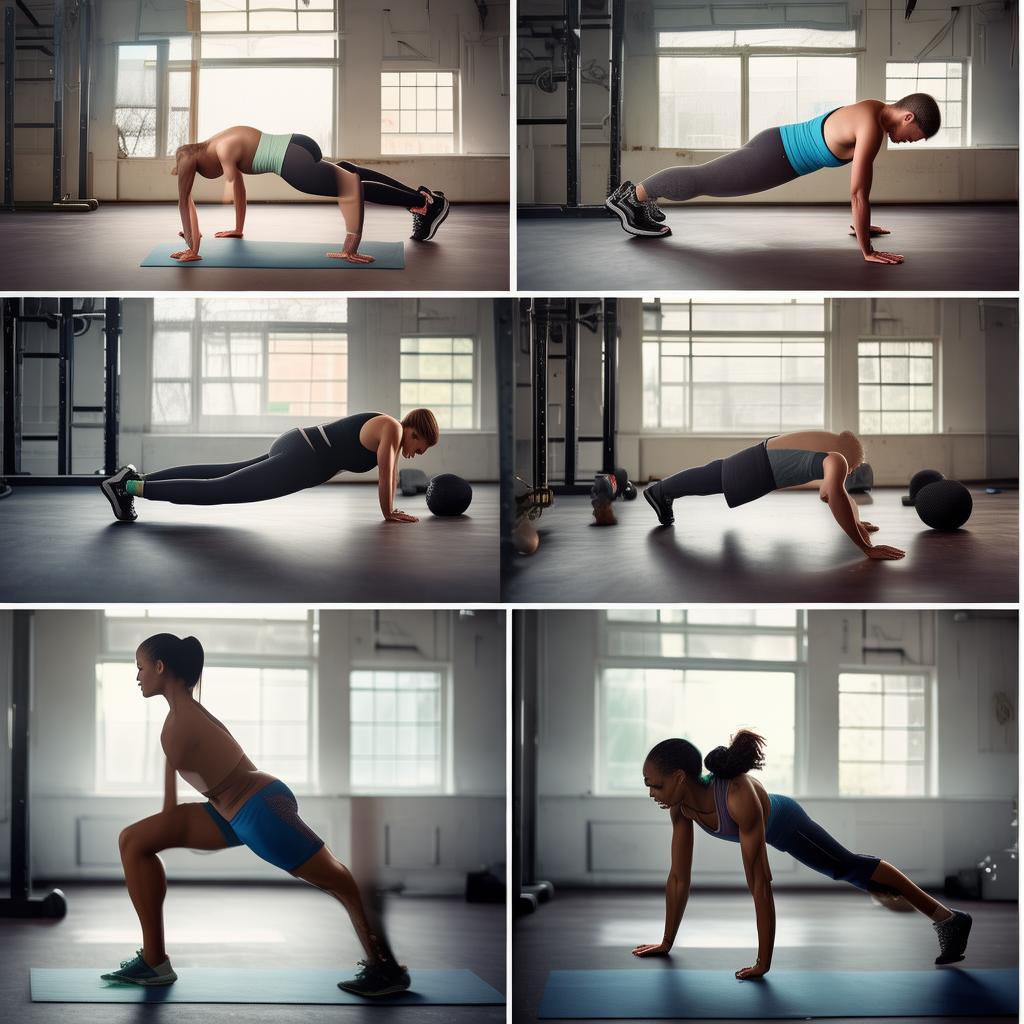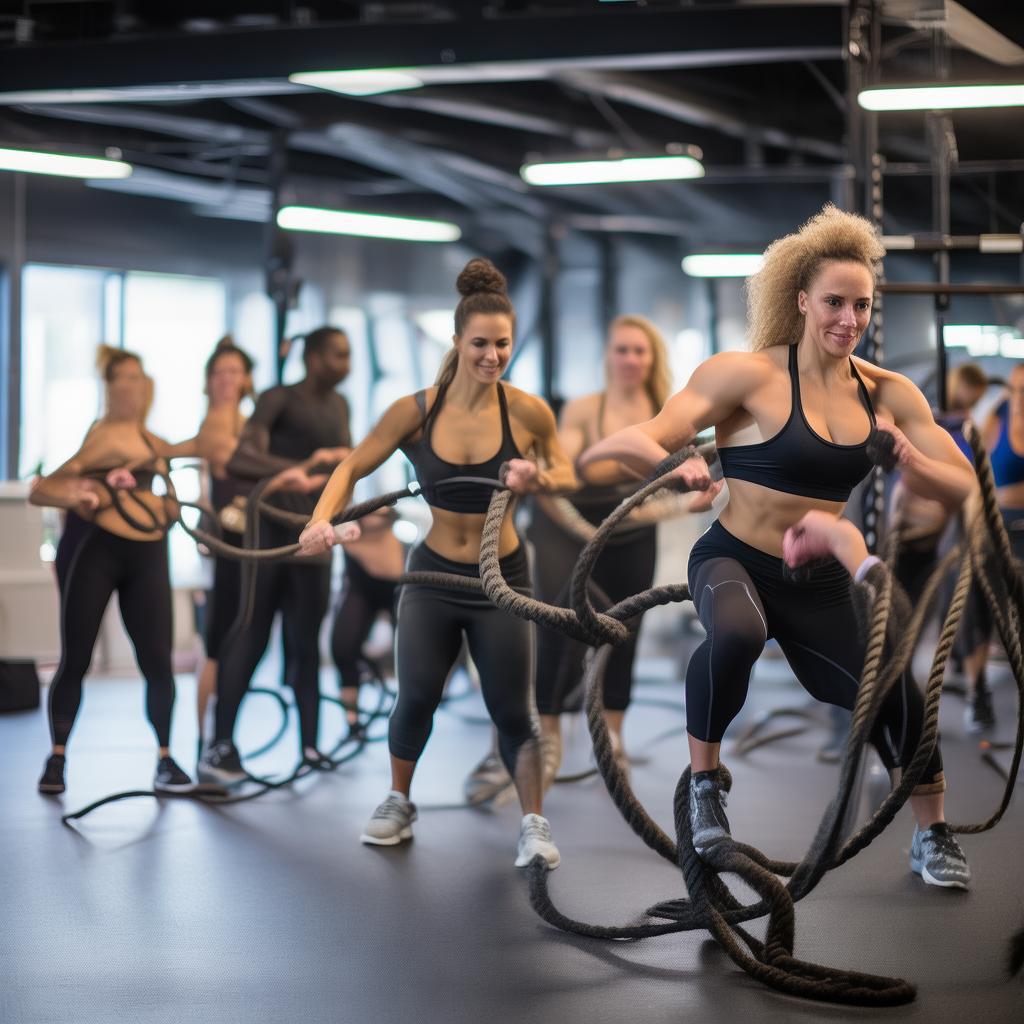Why Fitness Enthusiasts Fancy the Latissimus Dorsi Pull – Down
On August 13, 2023, fitness enthusiasts’ obsession with a particular move was under the spotlight. The reason? It has the power to make your back wider and thicker. The posterior latissimus dorsi pull – down is a multi – joint movement, engaging both the shoulder and elbow joints. Beyond just the back, it also works on other muscles such as the posterior shoulder fasciculus, biceps, the long head of the triceps, and the forearms.
The Problem with Pulling the Bar Behind the Neck
Pulling the bar behind the neck is not an ideal exercise trajectory. It can potentially cause injury to the shoulder joint, as it is difficult for the rotator cuff due to the hyperextension it causes. A better option is to pull down in front of the neck, all the way to the collarbone. In real – life or sports scenarios, pulling the bar behind the head has limited practical application. The contraction of the latissimus dorsi is stronger in the anterior cervical pull – down compared to the behind – the – neck version. So, it is advisable to pull the barbell up to the chest rather than behind the neck. Additionally, some exercise machines do not allow for a direct behind – the – neck pull, leaving you with two choices: either abandon the movement or face the machine in reverse and forgo the thigh support pads.
How Beginners Can Benefit
The anterior and posterior latissimus dorsi pull – downs are great for beginners. They help in developing enough muscular strength to be able to perform forward and reverse grip pull – ups. You can gradually increase the resistance to build strength over time.
Proper Movement Technique for Behind – the – Neck Latissimus Dorsi Pull – Down
Starting Position: Sit facing the machine with your thighs under the support mat. Hold the bar with a grip wider than shoulder width. Bend your arms and grasp the bar in front of you, then bring your torso and head forward (lean forward slightly while keeping your neck and back straight), imagining your head is in a straight line with the center of the bar.
Performing the Movement: Inhale and pull the barbell behind your neck, with your elbows close to your body. Exhale at the end of the movement. Hold the contraction briefly and then slowly return the bar to the starting position.
Additional Movement Tips
Sit on the seat with your feet flat on the floor, arms extended upwards and your back slightly forward. Keep your body stationary throughout the movement, with only the arms in motion. Concentrate on squeezing the back muscles as you lower the bar. When you squeeze the latissimus dorsi muscles to start the movement, tuck in your shoulder blades and smoothly pull the barbell to the back of your neck. Pull the bar slowly to the back of your neck, but avoid letting it touch your neck. Maintain a correct body position with your chest facing up and your head facing forward.
Muscles Involved in the Movement
The behind – the – neck pull – down targets the latissimus dorsi (middle and lower back), the rhomboids (under the shoulder blades) and other related muscles. The latissimus dorsi are the large triangular – shaped muscles running from the armpits to the sides of the lower back, the largest back muscles visible from the front. The primary muscles involved are the latissimus dorsi, biceps (short head), and rhomboids. Secondary muscles include the pectoralis major (lower lateral), triceps (long head), teres minor, rhomboid, brachioradialis, biceps (long head), and deltoid (anterior – posterior fascicle). The antagonists are the deltoid, pectoralis major (upper), and triceps.
Movement Variations
Neutral Grip Latissimus Dorsi Pull – Down: Using a neutral grip (straight bar with vertical handles or triangular handles) places the arms in a stronger position. However, be aware that more weight means more stress on your arms.
Rotate the Front Latissimus Dorsi Pull – Down: The wrong reverse grip is one of the easiest pull – downs as it is an ideal angle for biceps activation. The closer your hands are, the more the biceps are engaged.
Wide Grip Latissimus Dorsi Anterior Neck Pull – Down: A grip wider than shoulder width slightly reduces the range of motion but helps you better feel the latissimus dorsi with less arm involvement.
Machine Pull – Down: This is another option for performing the pull – down exercise.
Alternative Movements
There are several alternative movements with similar training effects. You can choose from forward grip pull – ups, reverse grip pull – ups, or assisted pull – ups. These pull – up movements mainly train the width of the latissimus dorsi muscles, raising the latissimus dorsi and large circular muscles. Working these muscles not only thickens them but also makes them expand to the sides, creating the appearance of a wider back.
Conclusion
When starting out in fitness, many of us have tried the behind – the – neck pull – down at some point. But once the anterior latissimus dorsi pull – down is mastered, the behind – the – neck version seems less appealing. The anterior lat pull is a superior movement as research shows it causes a stronger contraction in the latissimus dorsi. However, the posterior lat pull is still included in training as it is the reverse of the posterior shoulder press. When performing the movement, pull down to the same point on the neck each time and keep the pull cord as straight as possible. If you lack upper body strength for regular pull – ups, this is a good back – strength – boosting move. But if you have shoulder problems, it may be more comfortable to use the anterior latissimus dorsi pull – down instead.





